Anchored by Dasra, the ClimateRISE Alliance is a collaborative platform encompassing over 100 civil society organizations. Recently, the Alliance launched a comprehensive compendium at the Dasra Philanthropy Forum in New York, featuring 15 impactful case studies highlighting the profound implications of climate change on various Sustainable Development Goals (SDGs). The compendium underscored the critical role of civil society organizations in advocating intersectional climate action at the grassroots level. Emphasizing the imperative need for scalable, collaborative climate solutions, the Alliance aims to promote inclusive and equitable climate action through multi-stakeholder engagement.
Notably, the compendium concluded with actionable insights tailored for governments, civil society organizations, and philanthropic entities. Within the Alliance, significant case studies showcased the transformative initiatives of Rythu Sadhikara Samstha (RySS) in Andhra Pradesh and Pragati Abhiyan in Maharashtra, focused on promoting sustainable agriculture and bolstering climate resilience at the grassroots level.
In a recent interview with TheCSRUniverse, Mr. Akshay Shetty, Manager, ClimateRISE Team, Dasra and Ms. Kirti Jain, Associate, ClimateRISE Team, Dasra, jointly expounded on the organization's groundbreaking initiatives. Their comprehensive dialogue shed light on the intersectional approach to climate action, the essential role of civil society organizations, the interconnectedness of climate change and sustainable development, the significance of local initiatives, the empowerment of women in climate action, and the crucial recommendations for stakeholders. The interview showcased the impactful strategies and interventions implemented by the Alliance to foster sustainable development and resilience in India's vulnerable communities.
To delve deeper into ClimateRISE Alliance's pioneering efforts, read the complete interview below.
Q&A
Q. Can you explain how the ClimateRISE Alliance works to address climate challenges at the grassroots level in India? What is your broader objective?
A. In the face of the global climate crisis, India's vulnerable communities are at the forefront of risk. Building resilience is key to ensuring that we minimize the risks arising from climate-induced events. For that, we need to prioritize women, people with disabilities, tribal communities, low-income groups, and other marginalized communities who have been excluded from the social and economic mainstream. Additionally, the climate crisis cannot be addressed in isolation, particularly in a country like India. We need to intervene on climate in how it links with other development priorities like food security, livelihood, urban planning, and conservation. An intersectional approach that is centered around equity and inclusion is crucial; there is a need for diverse stakeholders to come together to build consensus and chart a collaborative path towards resilience for our most vulnerable communities.
At ClimateRISE Alliance, we recognize that climate intersects with various social, economic, and environmental issues. Our approach is based on an understanding of intersectionality, considering the diverse vulnerabilities and systemic inequalities that different communities face at the grassroots level, and addressing the interconnectedness of climate change with other global challenges. We are a collaborative platform that aims to build knowledge, consensus, and common outcomes with over 100+ civil society organizations working at the intersections of climate & building resilience for the most vulnerable communities.
Through the ClimateRISE Alliance, we aim to:
• Build Consensus & Collaboration with Civil Society/ NGO, CBO partners towards impacting meaningful climate action for the most vulnerable and underserved communities through collaborative action
• Shape an India view on climate action with a focus on community resilience by bringing in an intersectional lens in the climate narrative to influence and engage with key stakeholders across governments, civil society, and philanthropy; amplifying best practices, and champions from the grassroots.
• Nurture Strategic Partnerships towards enhancing global attention, learnings and expertise as part of India’s Climate Narrative to the World. These will enable the exchange of ideas, knowledge, and resources, and foster innovation and collaboration. It can provide India access to global networks and resources on climate action, and also help us take the India story on climate to the world.
• Facilitate Philanthropy for Climate Action Centered around Community Resilience in Climate, direct philanthropic giving to ensure that resources are directed towards building the capacity of communities to adapt to the impacts of climate change, such as investing in infrastructure, education, and training programs that enable communities to become more resilient in the face of climate change.
Q. How does ClimateRISE Alliance collaborate with civil society organizations (CSOs) and other stakeholders to achieve its climate goals?
A. India has a large and vibrant civil society that has been at the forefront of addressing climate change, particularly, the impacts of the crisis on communities. These CSOs play an important role in climate action by advocating for policy changes, raising awareness, and mobilizing communities to address climate challenges. They are also uniquely - positioned to be key allies in strengthening climate action in the country - with their proximity to communities, presence in intersectional sectors, understanding of local contexts, and their advocacy and mobilization skills.
The ClimateRISE Alliance leverages these capabilities to build consensus among these organizations on priorities and action outcomes for inclusive and equitable climate action, enable the creation of a community-centered narrative on climate impacts and action, foster cross-learning and knowledge sharing to scale interventions and amplify learnings and best practices.
The compendium - Interwoven Futures spotlights some of these organizations, interventions, and best practices; thus pushing for scaling these practices. Through strategic partnerships at the national and global levels, such as the G20 Summit, COP, AVPN Global Summit, etc. we have been amplifying these learnings and narratives to engage and influence stakeholders in government, civil society, and philanthropy towards working with CSOs and strengthening their capacity to deliver programs on ground.
Q. Could you provide insights into how ClimateRISE Alliance views the intersectionality of climate change with various sectors and Sustainable Development Goals (SDGs)?
A. ClimateRISE Alliance recognizes the profound intersectionality of climate change with Sustainable Development Goals (SDGs). Environmental challenges and solutions are intricately linked with social and economic issues, and thus cannot be addressed in an isolated manner. Climate change is affecting agricultural productivity, exacerbating food insecurity, and hindering efforts to achieve sustainable and resilient food systems for all (SDG 2 -Zero Hunger). It is also increasingly contributing to the spread of infectious diseases, increasing the frequency of extreme weather events that impact public health, and undermining healthcare systems, endangering the well-being of communities (SDG 3 -Good Health and Well-being). Climate change disproportionately affects women and girls, as they are often more vulnerable to its impacts due to societal norms and limited access to resources, further exacerbating existing gender inequalities (SDG 5- Gender Equality). The Climate crisis poses significant challenges to building resilient and sustainable cities, with increased risks of flooding, heatwaves, and other climate-related disasters threatening infrastructure and human settlements (SDG 11-Sustainable Cities and Communities). Moreover, it is disrupting ecosystems and biodiversity, leading to habitat loss, species extinction, and reduced ecosystem services, undermining efforts to protect and restore life on land (SDG 15 -Life on Land).
Thus, climate change hinders the achievement of SDGs, especially critical in the context of the Global South, which is most vulnerable to its impacts. In the context of Global South, this can worsen the already widened inequality gap, as the poor are more vulnerable due to their lack of means of resilience.
While it is important to understand that climate change is an obstacle to achieving SDGs, progress on the SDG front can help mitigate and adapt to the impact of climate change, which makes understanding its intersectionality imperative to develop effective solutions.
ClimateRISE Alliance is thus committed to addressing these intersections and working towards building sustainable and resilient solutions. By working together with a beehive of stakeholders including governments, CSOs and philanthropists, we aim to build knowledge, consensus, and narratives towards impacting long-term common outcomes and goals in climate for the most vulnerable communities. We also aim to take these narratives to national and international forums such as G20, UNGA, COP28, etc. with our CSO partners who are working across these intersectional areas, to further stakeholder engagement on these themes and drive systemic shifts.
Q. In your opinion, what is the significance of local action in addressing the unique climate challenges faced by individual communities, as highlighted in the compendium?
A. As ClimateRISE Alliance, we recognise the unique challenges that various individual communities as well as specific regions may face owing to climate change. In the face of such events, the need for local action to meet the challenges of communities is of increasing importance. The power of localized action is manifested in the ability of individuals to come together and work toward common goals. Effective local action solutions have the potential to manage the uncertainties of climate risk in ways that are tailored to specific locations. There is no one size fits all approach. When adaptation is done at the local level, communities have the ability to adopt flexible and incremental solutions that accommodate future changes. Additionally, the benefits of local adaptation outweigh the estimated costs - with avoiding loss and damage from climate stressors saving money that helps unlock the economic potential of the area. The localized climate action approach also helps in including marginalized and vulnerable groups like women in decision making that can help in stitching together a more effective plan for the community.
At ClimateRISE Alliance, we work with various organizations who are committed to creating climate action at the hyperlocal level. This includes the work of partner CSOs such as Reap Benefit, Biome and Janaagraha to name a few, who through training, consultations, and mobilization empower local actors to drive climate action in their communities. Through the Alliance, we want to get these geographically spread out organizations together on a common platform, collectivize and codify their learnings and best practices, and enable cross learning to further scale these learnings while ensuring that these insights from the grassroots are amplified at crucial forums.
Q. How does ClimateRISE Alliance recognize and promote the role of women as proactive agents of climate action?
A. Climate change is an urgent global challenge that impacts us all. Yet, an increasing body of research reveals that its effects are not distributed equally, hitting vulnerable communities, particularly women, with a disproportionate force. We understand that the key driver behind this disparity lies in the limited access to resources and decision-making power that women often face. Extreme weather events, such as droughts and floods, disrupt agriculture, leading to reduced crop yields and increased poverty for rural women. Moreover, limited access to clean water and sanitation subjects women to heightened health risks and reinforces patriarchal norms. It often forces women to undertake arduous journeys to collect water during resource scarcity, perpetuating a cycle of 'time poverty.' Deforestation and land degradation further erode women's traditional roles as environment stewards, impacting their livelihoods. The crisis also has a profound impact on women's reproductive health, causing malnutrition and disrupting access to reproductive health services.
As part of the Alliance's mission, we are dedicated to fostering cross-sector collaboration, recognizing that collective resources and shared knowledge are essential to address the pervasive impacts of climate change on vulnerable communities, particularly women. Our goal is not only to mainstream the narrative and understanding of the differential impacts of climate change on women and girls, but also to empower civil society organizations that work extensively with women to build their capacities and help them become champions of climate action within their communities, ensuring that they play a central role in addressing this critical issue. For instance, the compendium spotlights the phenomenal work organizations like Mahila Housing Trust have done to address the differential impact of heatwaves on women and children, Swayam Shikshan Prayog on the other hand has taken an innovative approach to address the issue of limited access to clean energy products in rural areas by training women as clean energy entrepreneurs - thus achieving the dual objectives of financial empowerment for women and climate mitigation. The Alliance’s goal is to scale the capacities of organizations such as these by directing stakeholder attention, engagement, and resources towards them.
Q. Can you share ClimateRISE Alliance's recommendations for governments, CSOs, and philanthropic entities in the context of climate action and resilience building in India?
A. The ClimateRISE Alliance partners and collaborates with a diverse set of stakeholders including governments, CSO’s and philanthropists to drive a change. To this effect, there are several recommendations that ClimateRISE Alliance has come up with; specifically tailored to each stakeholder.
With the government, the focus needs to be towards integrating intersectionality of climate in policy making cutting across the themes of health, agriculture, and urban development etc. Additionally, the government should help in identifying and collaborating with CSOs to better understand community needs and accordingly invest in mass media campaigns that shift the narrative of climate action beyond the binary of mitigation and adaptation. At the same time, we must consider the complexity and magnanimity of the climate crisis and reassess public budget allocations towards better utilization of funds towards climate action.
For civil society organizations, there is a definitive need to embed a climate lens across the existing programmes to strengthen the resilience of the beneficiaries to the effects of climate change. Additionally, the CSOs should collect and curate data and human interest stories of those most impacted by the climate crisis. This helps in creating a strong repository of evidence and actionable recommendations for policies. Most importantly, it is high-time that these organizations break down their silos and come together to prevent duplication of work and scale best practices in climate action across regions.
Lastly, for philanthropists, the most important consideration is to invest in climate action, and invest with urgency. At the same time, doing this while adopting an intersectoral and intersectional lens is quintessential - philanthropy must recognize climate linkages across legacy portfolios like health, agriculture and energy etc. In doing so, philanthropy needs to work closely with CSOs on building their capacity to drive community based climate interventions. A trust-based, flexible, and long-term funding approach is the key. Additionally, shifting the focus towards place based funding to account for the unique socio-economic and ecological factors associated with regions which can help in coming up with unique region specific solutions, by supporting the work of CSO in different geographies. Finally, to mainstream issues around climate change, philanthropists must invest in building narratives, data and evidence on impacts of climate change.
The climate crisis is a daunting challenge for India but it also, at the same time, presents a unique opportunity for transformative, collective action. Multi-stakeholder platforms can be instrumental in enabling collaboration and consensus among different groups and create opportunities to drive impact. By bringing together the different stakeholders, the ClimateRISE Alliance believes in creating a big tent of diverse beliefs, experiences, and expertise towards achieving meaningful climate action.
Q. The compendium emphasizes the interconnectedness of climate change challenges and Sustainable Development Goals (SDGs). Can you provide examples of how civil society organizations (CSOs) are effectively addressing this intersectionality to advance both climate action and SDG achievement? Also, what is the need of the hour in this regard?
A. Given India's vulnerability to climate change and its considerable impact on the SDGs, there is also an immediate need for stakeholders to converge and build consensus on the way forward. Governments, civil society organizations (CSOs), philanthropies, and communities all possess immense potential to drive inclusive and equitable climate action. The compendium not only underscores the interlinkages between Sustainable Development Goals (SDGs) and climate but also showcases the exceptional work of grassroots organizations championing intersectional climate action.
Within the ClimateRISE Alliance, our partner civil society organizations (CSOs) are actively engaged in advancing various SDGs while concurrently contributing to climate action. Notable organizations like ATREE and Foundation of Ecological Security are making commendable efforts to restore ecosystem health through nature-based solutions (SDG 15).
PRADAN and RYSS are at the forefront of initiatives aimed at fortifying the climate resilience of agriculture and food systems, thereby addressing food insecurity (SDG 2). SELCO Foundation is dedicated to improving 'Good health and well-being' (SDG 3) by enhancing the sustainability, efficiency, and capacity of healthcare infrastructure. Janaagraha, Biome Trust, and Waste Warriors are working diligently to create sustainable, inclusive, and resilient cities while ensuring effective service delivery. Concurrently, organizations like Buzz Women, Mahila Housing Trust, and Swayam Shikshan Prayog are empowering vulnerable women to become agents of change in climate action, effectively addressing the gendered impacts of climate change (SDG 5).
It’s crucial to spotlight these capabilities as they represent a gold mine of potential strategies to mitigate and adapt to the worst effects of climate change. Equally, it is important to scale these strategies to a level that matches the scale of the climate crisis that stands before us.
Q. One of the key subjects mentioned in the compendium is the importance of transitioning to holistic approaches like natural farming and agro-ecology. Could you elaborate on the innovative climate solutions in this area that have been highlighted in the compendium and their impact on sustainable agriculture and food security?
A. Meeting the increasing global demand for food to combat hunger has often compelled farmers and cultivators to adopt practices that harm the environment and natural ecosystems. To tackle these challenges and establish sustainable and resilient food systems, the widespread adoption of climate-smart agriculture, especially in the Global South, is imperative. The transition to a more holistic approach that integrates ecological principles into farming, known as natural farming and agroecology, must become a mainstream practice. Achieving this transformation requires local landscape-level transitions and long-term support for farmers. Empowering the civil society organizations (CSOs) working in this space is essential for this transformation.
Our partners like PRADAN and RySS have made significant strides on accelerating the agro-ecology momentum in India. Pradan’s ‘integrated natural resource management’ for instance, takes into account both natural and human processes – making 'bioregions', which are natural boundaries of resources, the primary basis for planning and management. It recognizes the links between natural resources and how action in one part can have an impact on another. For instance, deforestation in the upper catchment area can increase soil erosion and reduce moisture retention in the other lower areas. These INRM based interventions have so far impacted 2,00,000+ families.
Rythu Sadhikara Samstha (RySS) has been implementing Andhra Pradesh Community-Managed Natural Farming (AP-CNF) to support participating farmers in Andhra Pradesh, helping them achieve sustainable, remunerative livelihoods and building the human and social capital necessary for sustainable agricultural production. Farmers use nature-based seed and soil treatments to enhance productivity at low cost which have a positive impact on soil fertility and its water retention capacity. They also reduce input costs and farmers’ exposure to credit risks; improve the cash flow of vulnerable farmers and enhance their ability to deal with climate-related shocks. To encourage farmers to shift to CNF, RySS conducts training and awareness programmes for Self-Help Groups (SHGs), Village organizations, and Farmer Producer organizations (FPOs). Master Farmers are selected from among promising APCNF farmers to act as agents of change and help other farmer’s transition to natural farming practices. Currently, 8,50,000+ farmers are practicing Natural Farming on 9,40,000+ acres of land through the program.
It is important to spotlight and scale the work of these organizations to further accelerate India’s journey towards resilience.
Q. How do these case studies, Rythu Sadhikara Samstha (RySS) in Andhra Pradesh and Pragati Abhiyan in Maharashtra, exemplify the role of local initiatives in building climate resilience and promoting sustainable agriculture?
A. RySS is a farmer empowerment organization established by the Government of Andhra Pradesh that works with farmer groups to promote zero-budget natural farming practices. In order to do so, the organization identifies key resource persons for every 1000 ha block level cluster to guide and train farmers through knowledge-sharing and capacity-building sessions and works extensively with women's self-help groups and seasoned farmers with experience in natural farming.
One of their key interventions, APCNF aims to support participating farmers in Andhra Pradesh for at least five years, helping them achieve sustainable, remunerative livelihoods. To encourage farmers to shift to APCNF, RySS conducts training and awareness programmes among SHGs, VOs and FPOs. The success of the APCNF programme lies on farmer-to-farmer learning through case studies and training by Community Resource Persons (CRPs) and Master Trainers (MT), on matters of input preparations, crop diversification, increasing cropping intensity, and adoption of farming-related livelihoods.
Pragati Abhiyan, another of our partner organizations, works to uplift impoverished communities by improving the delivery of government programs and creating new ones based on research. One of their initiatives supports the Agricultural Technology Management Agency (ATMA) scheme, promoting farmer-driven and farmer-accountable extension systems. They also facilitate the formation of farmer groups at the village level to connect with ATMA, providing access to agricultural department benefits and up-to-date information. Additionally, Pragati Abhiyan also organizes training for key stakeholders in the MGNREGA scheme, including Gram Rojgar Sevaks, Sarpanchs, government workers, and volunteers at the local level. This approach empowers local actors and enhances the impact of various schemes for the end beneficiaries.
Q. Can you highlight the common themes and approaches that emerge from these case studies in terms of addressing climate challenges at the grassroots level, and how these efforts contribute to broader climate resilience goals in India, including their scalability and long-term sustainability?
A. One of the key learnings that we have seen emerge from the case studies has been the crucial role that CSOs play in climate action at the local level. Owing to their unique position of on ground presence as well as work in various sectors and advocacy and mobilization efforts, as the Alliance, we need to build their capacity and direct more resources towards our partner CSOs. This would go a long way in strengthening the capacity of these CSOs and supplement their work in bridging the policy- implementation gap.
At the same time, the work of these organizations highlights the importance of participatory program design and delivery. All the organizations profiled in the compendium are actively engaging with communities to understand their needs and challenges, based on which programs that solve these issues are implemented. This is one of the key success factors that has contributed to the large-scale impact these organizations have been able to create for the most marginalized and vulnerable populations in the face of an unprecedented crisis.
Finally, the insights and experiences articulated in the compendium highlight the need for investing in building the capacities of communities to sustain the impact of project/program outcomes. Through training and skill-building, the profiled CSOs have equipped communities to build resilience against emerging climate risks and have been able to catalyze long-term impact.
Q. How is funding being addressed to support and sustain these grassroots climate resilience initiatives?
A. Climate financing is essential for enhancing resilience and promoting climate action, particularly in developing countries with vast vulnerable populations and limited resources. Many developing nations, especially in the Global South, lack the financial means for implementing large-scale climate projects.
While India has a large philanthropic community, giving for climate action remains highly limited. A research by ClimateWorks highlights how philanthropic funding for climate impact mitigation is less than 2% of global annual giving. There is a critical need to fill this funding gap. It is estimated that India needs over US$ 1.05 trillion of climate investments between 2020 and 2030 across sectors like transport, energy, sustainable agriculture, waste management, and city resilience in order to minimize the worst impacts of climate change. Within these sectors as well, there is a strong need to channelize resources towards grassroot initiatives that are targeted at strengthening community resilience.
The role of philanthropy is critical here because those least responsible for climate change are most affected, including tribal populations, marginal farmers, migrants, and urban poor. India's robust philanthropic community is better positioned than governments and the private sector to respond quickly and supplement government efforts. Philanthropy's greater risk appetite allows it to provide long-term patient capital and play a catalytic role in climate solutions.
Thus, one of the core components of our work at the Alliance is to engage with philanthropy, enable an understanding of climate intersectionality for these stakeholders across their existing portfolios, and encourage them to break their silos and come together with other stakeholders like CSOs, sector practitioners, and policy-makers towards impacting long-term resilience for vulnerable communities at the grassroots.




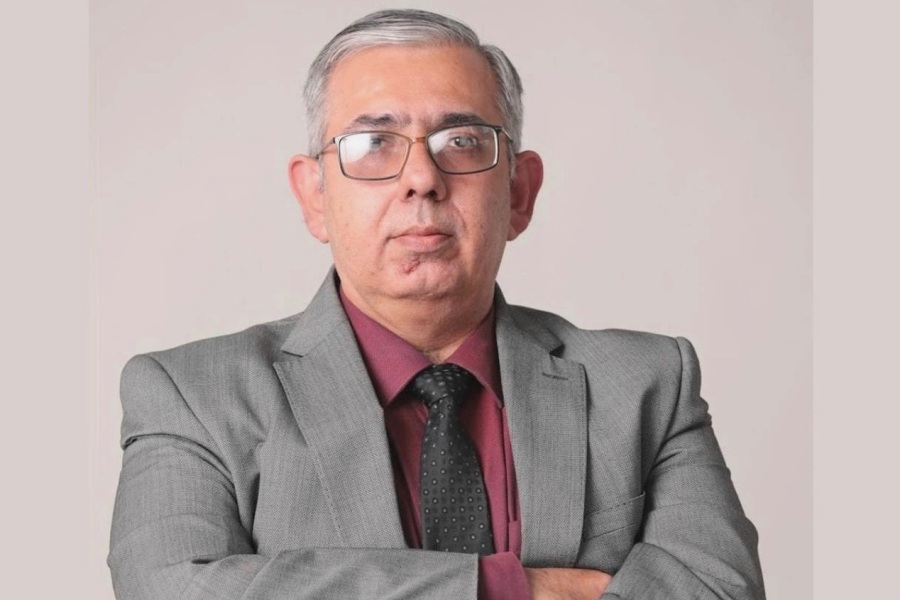
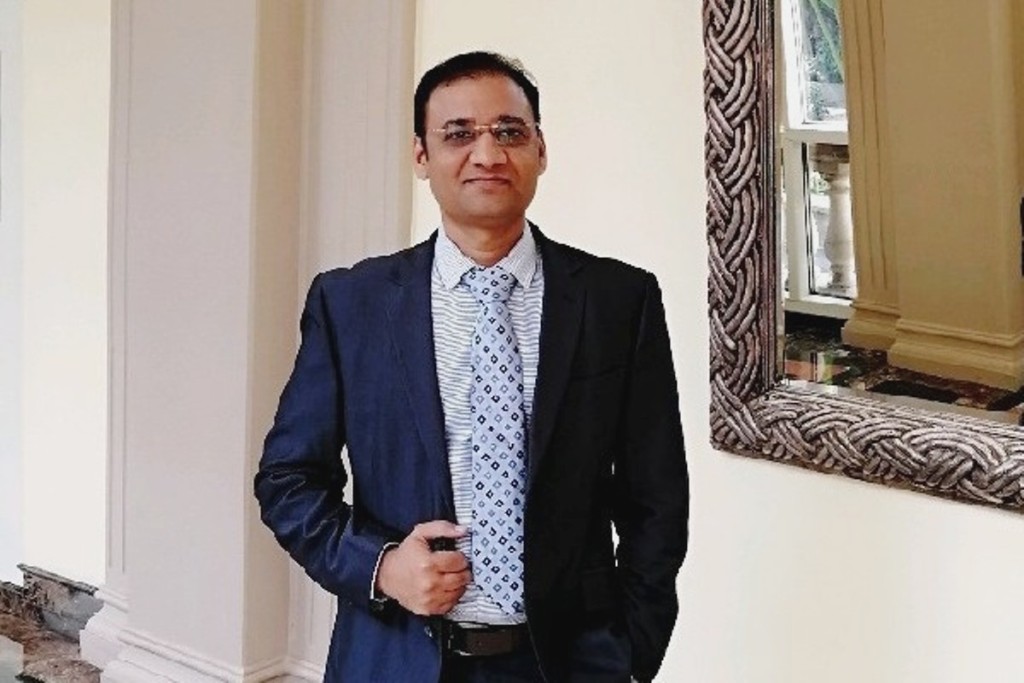

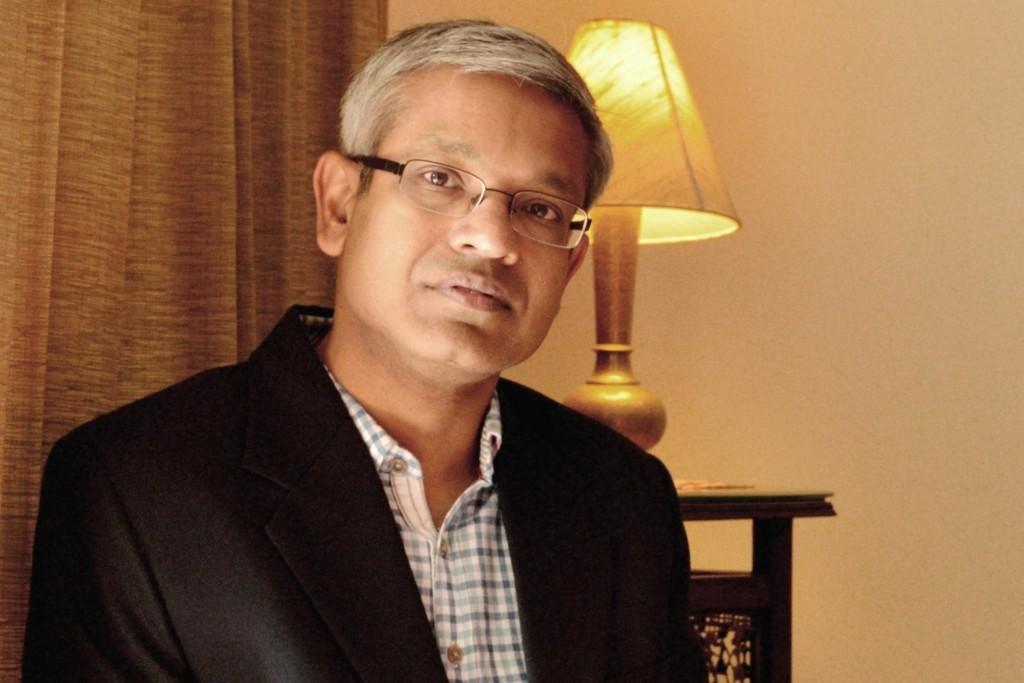

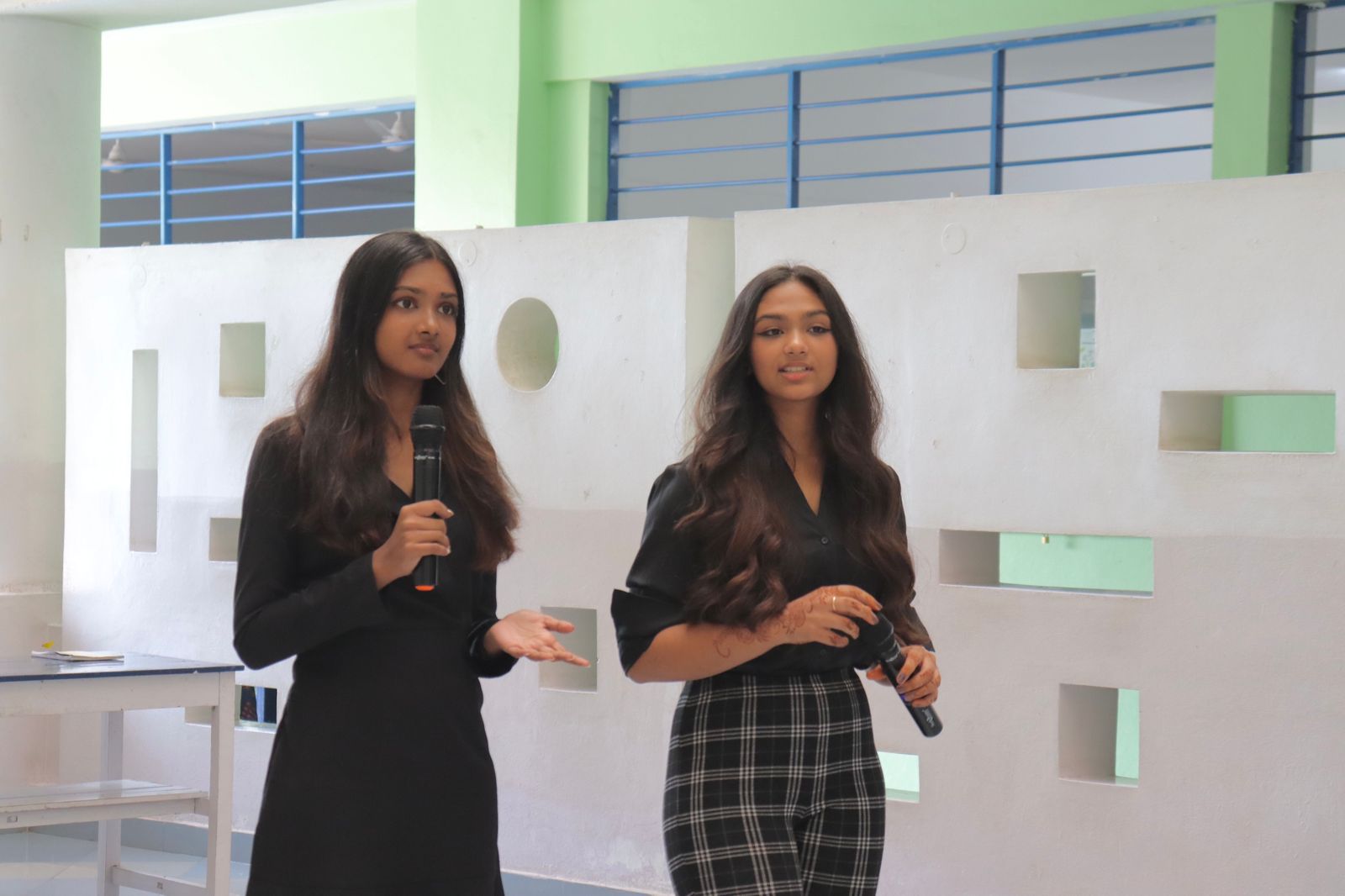
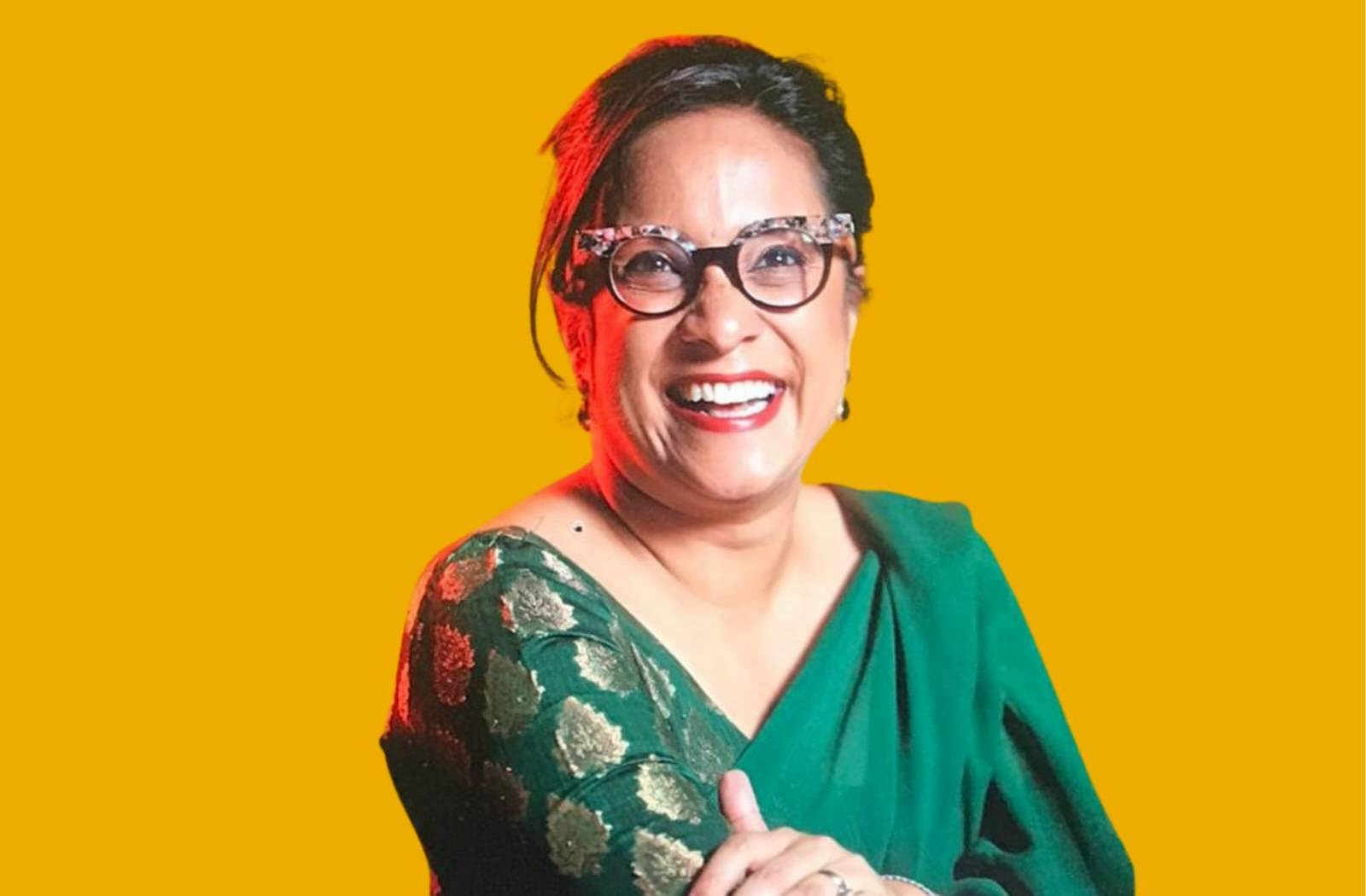
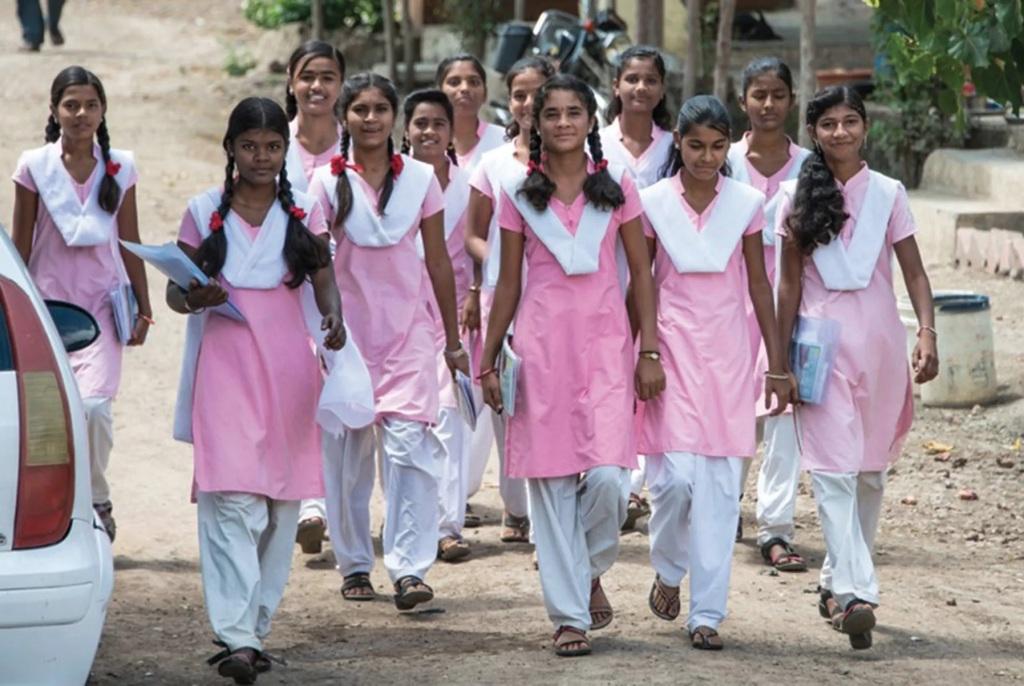
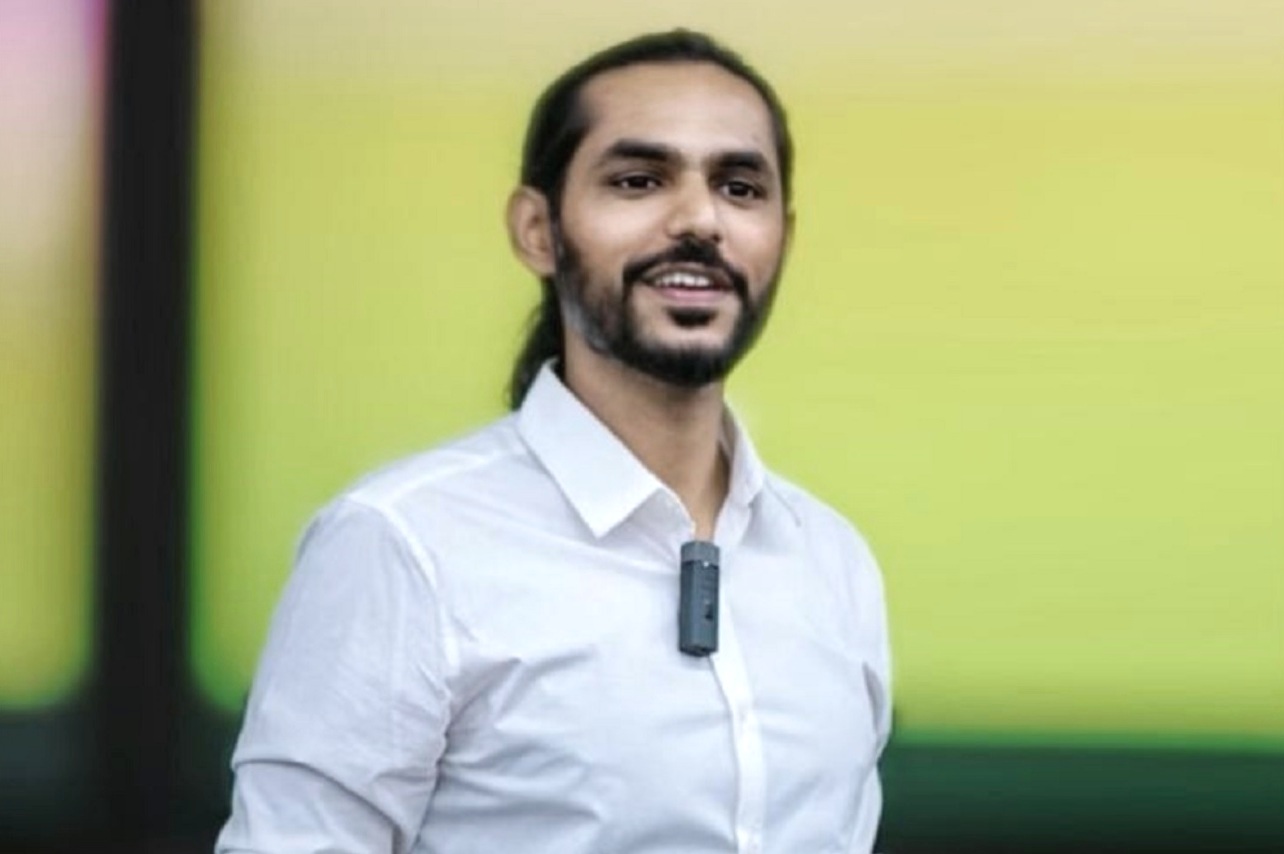
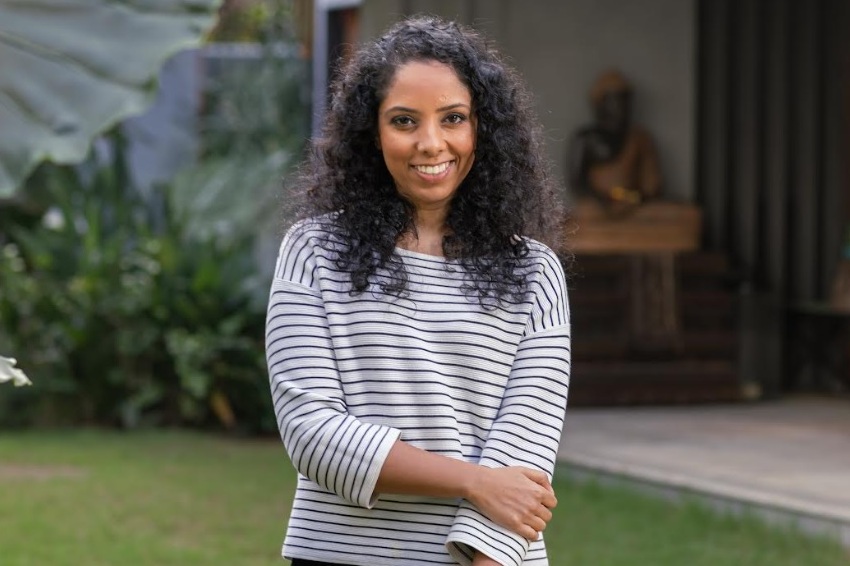


.jpg)




